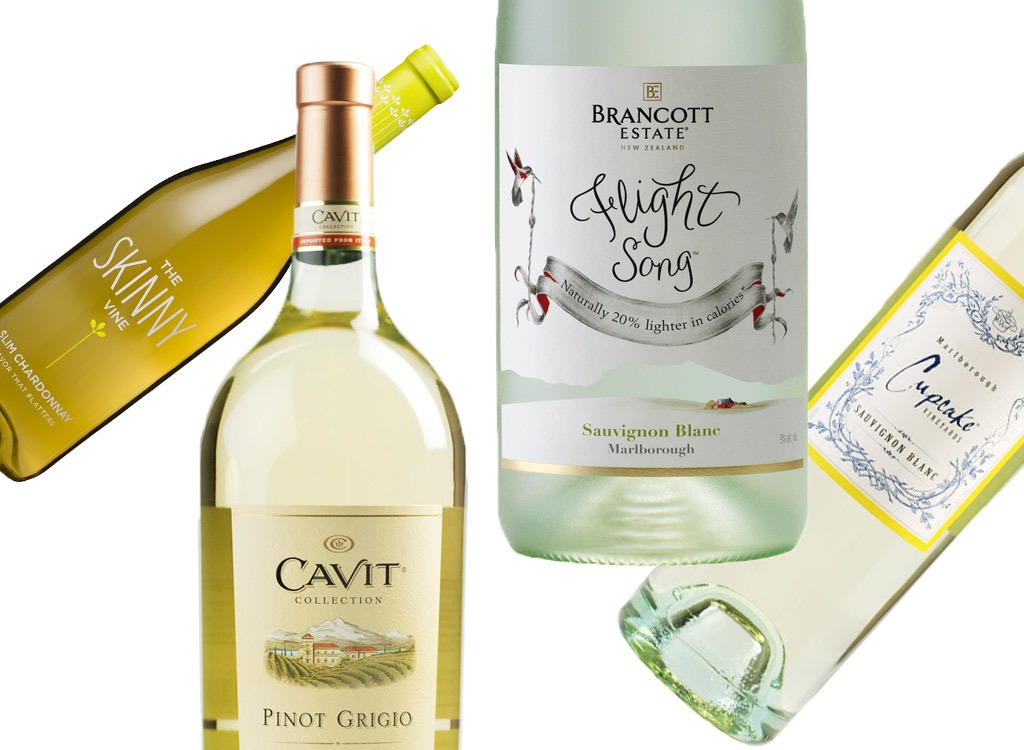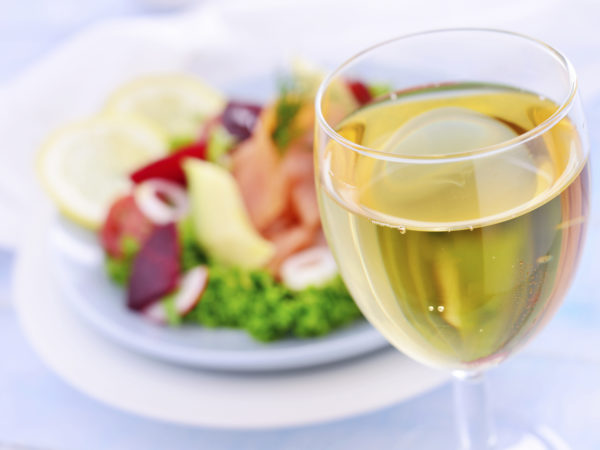

SummaryĮven low carb varieties of alcohol can contribute to weight gain, nutritional deficiencies, and serious health conditions. In fact, in one 8-year study involving 49,324 women, consuming at least two drinks per day was associated with an increased risk of significant weight gain, compared to light or moderate drinking ( 24).Īlcohol can also suppress fat burning and increase body fat by causing your body to store extra calories as fat tissue ( 25).Įxcessive drinking may also contribute to other serious health conditions, including liver problems, cancer, and heart disease ( 26, 27, 28, 29).įor this reason, it’s best to keep alcohol intake moderate - defined as one drink per day for women and two per day for men ( 30). Not only can overindulging in alcohol increase your risk of nutritional deficiencies over time, but it may also contribute to gradual weight gain. They supply many calories with little to no essential nutrients like protein, fiber, vitamins, or minerals. While we wouldn’t say they are the driest of the dry, they give you a nice entry into this world.Although plenty of low carb, keto-friendly alcoholic beverages are available, that doesn’t mean they should become a regular part of your routine.Įven low carb varieties of alcohol are still rich in “empty” calories. If you want to try a dry, sample Natura’s Cabernet Sauvignon or try our Rainstorm Pinot Noir and Pinot Gris.

Just be sure to use a dry white wine and not a sweet one. The wine comes from the area known as Entre-Deux-Mers, famous for its dry white wines and works perfectly as an aperitif or with seafood. A regular dry white wine for cooking is definitely not the same as a traditional Shaoxing wine, but it could add a nice subtle alcoholic flavor to a dishit will work as a rice wine substitute in a pinch. It’s quite sweet and also shares the same profile as wine, giving the right amount of depth and acidity to a recipe. Wine Folly has a great white and red wine sweetness chart with other varietals that you can try. Bordeaux, France- A great value, this crisp Sauvignon Blanc features flavors of grapefruit and melon and a light body. Apple cider vinegar is a good replacement for white wine in recipes. From there, in order from dry to sweet, are some popular dry white wine choices: This is a bone-dry French wine with a mineral taste and citrus notes. The driest white wine, for example, is Muscadet. Luckily, there are options all along the spectrum. As a result, many do not prefer truly dry wine they like a hint of sweetness or a “semi-dry” option. To make a very broad generalization, most Americans are acclimated to a diet with a higher sugar content than our counterparts overseas. For dry wines, the process is allowed to finish. Cooking Light magazine recommends sauvignon blanc if you need dry white wine, while Food Republic recommends chardonnay. Depending on the varietal, winemakers stop this process before the yeast can finish the feast. If this appeals to your taste buds, you may want to consult a white and red wine sweetness chart to ensure you are getting the driest white wine or driest red that will suit your palate.Īlcohol is produced during the fermentation process as yeast eats the sugar that is contained in the juice. This is not the case! A dry wine is one that has no residual sugar, so it is not sweet. Some people use it to mean that the wine “feels” dry in the mouth or will, in fact, dry it out. The major exception to this is Champagne-style wines, which for some reason use the term dry for relatively sweet styles of wine. “Dry” is a word often used when describing wine, but it can be confusing. The EU Commission Regulation has indicated that dry wines with moderate acidity may contain no more than 9 g/L of residual sugar, excepting when acid is over 7 g/L as well.


 0 kommentar(er)
0 kommentar(er)
